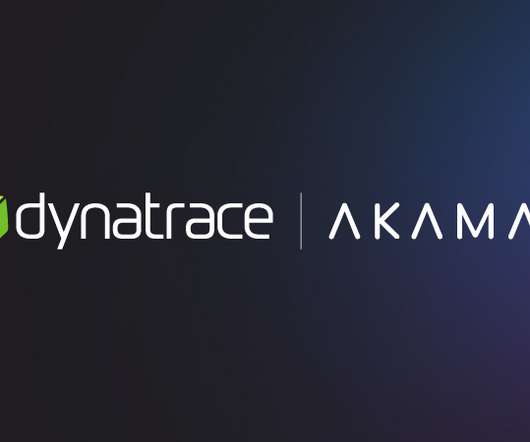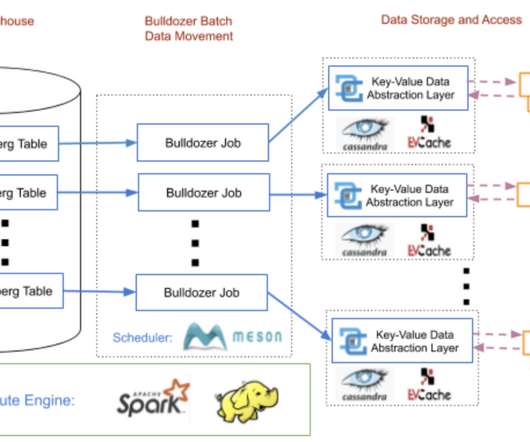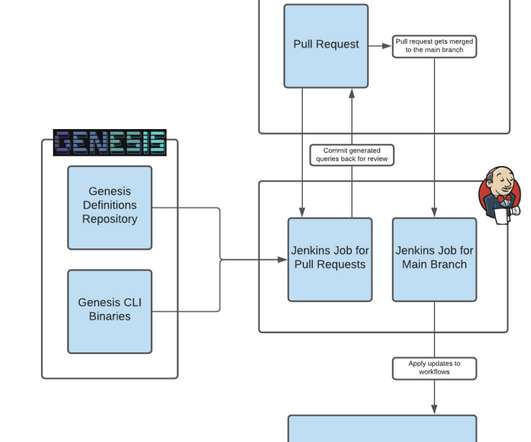What is serverless computing? Driving efficiency without sacrificing observability
Dynatrace
JANUARY 26, 2021
VMware commercialized the idea of virtual machines, and cloud providers embraced the same concept with services like Amazon EC2, Google Compute, and Azure virtual machines. In a serverless architecture, applications are distributed to meet demand and scale requirements efficiently. This creates latency when they need to restart.














































Let's personalize your content